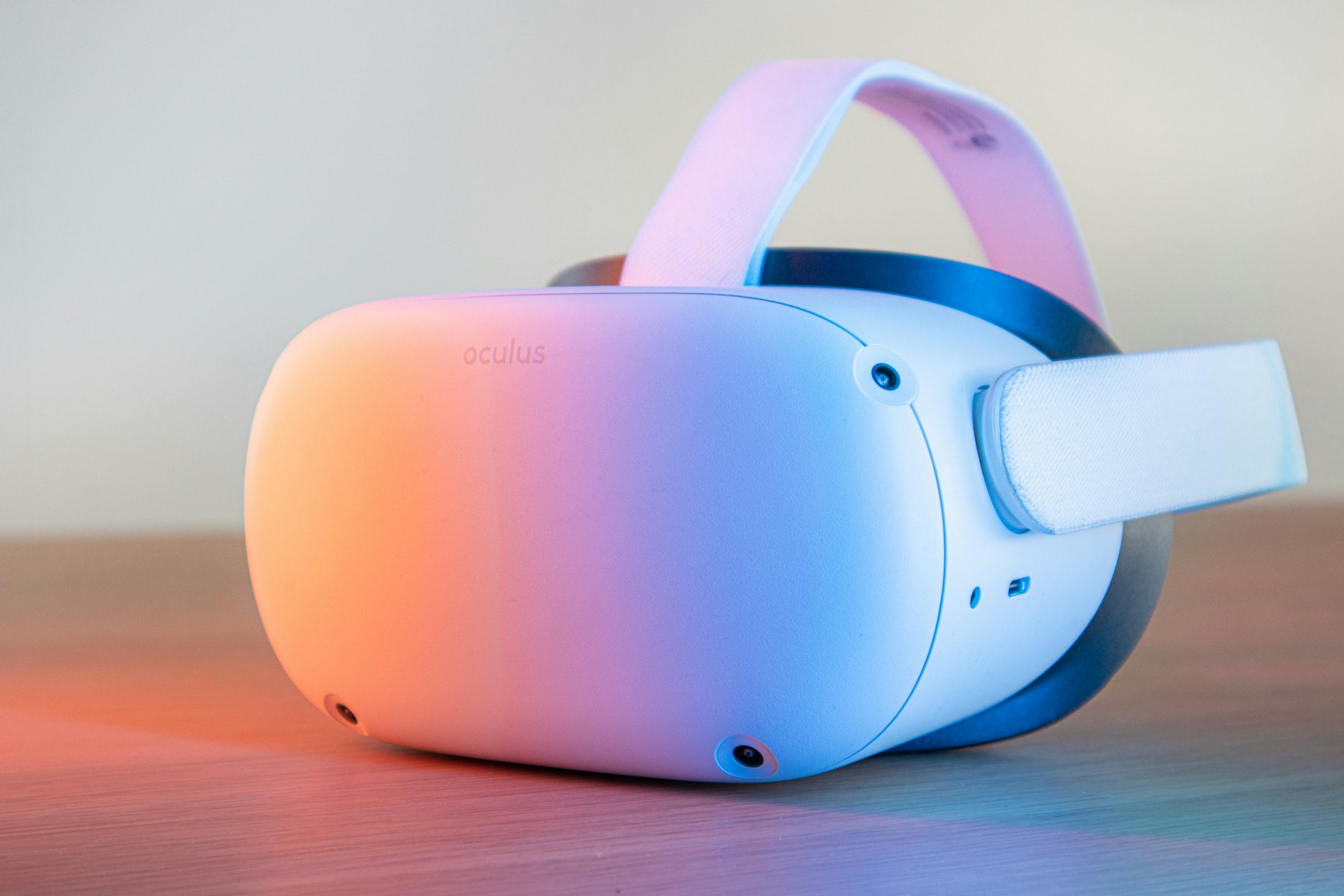芯片制造商正准备迎接超透镜的机遇
发布: 11.21.2022

As the world continues to move toward a more digitally connected lifestyle, it’s no surprise that interest in Augmented Reality (AR) technology has increased. Since the debut of the first AR smart glasses product in 2011, numerous firms have introduced variations of consumer-focused smart glasses and headgear.
The promise and capabilities of the device continue to excite the industry, but mass-market consumer adoption has been modest. As technology for AR advances, several technical problems, and limitations imposed by optical designs, prevent the mainstream usage of AR/VR systems. The hefty refractive optics and the space between the eyepieces and displays, for instance, are constraints on the form factors of current AR headset devices. Because wearable displays for virtual reality need to be small, light, and affordable—all while remaining comfortable over extended periods—this problem has slowed down the development of next-generation optical systems needed for mass-market products.
The issues with current wearable displays for virtual reality (VR) are not limited to form factor and weight; they also include a lack of clarity and brightness in the display. To address these issues, researchers at Harvard’s John A. Paulson School of Engineering and Applied Sciences (SEAS) have been working to create the next generation of lenses that aim to break through that bottleneck by swapping out bulky curved lenses for a straightforward, flat surface that uses nanostructures to focus light. The researchers demonstrated how meta-optic platforms can help resolve the bottleneck of current VR technologies and potentially be used in our daily life.
The first wave of Meta, Sony, and Apple’s VR and AR systems is set to arrive in late February 2023. To meet this surge in demand, supply chain insiders are saying that Taiwanese companies that make III-V semiconductors and optical sensors are currently preparing for an increase in orders.
According to the insiders, Sony will be debuting its PS VR2 headset and Meta will begin shipping its Quest Pro VR headsets in late February 2023. Meanwhile, Apple is also planning to introduce its AR products next year.
IDMs are eager to develop and manufacture metalens. STMicroelectronics has commercialized the application of its metalens in dToF sensors for Apple devices since the third quarter of 2022, and Samsung Electronics is reportedly set to kick off metalens R&D soon, the sources said.
Currently, most AR headsets rely on standard lenses made from polymers or glass and cannot focus light very well or at all when they are placed close together. This greatly limits what can be done with the headset because the user can only see one object at a time. The Augmented reality (AR) has been making strides to resolve this issue, but could metalens be the next big thing in this exciting technology?


.png)



